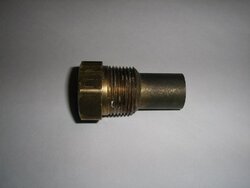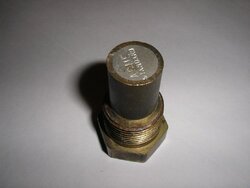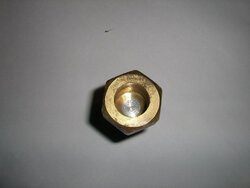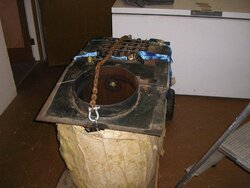Yesterday I opened the cyclone ash tray and the ashes were a black muddy mess full of water, it was like black mortar mix.
Last night I lit a small fire and let it get good and hot, added a bunch of splits and turned on the 2 zones. It was burning pretty good. I had the chamber half full and went to bed at 10:30 I wake at 5am and went outside to the garage and the fan was on, the water temp was 175* and the zones were calling. I opened the door and there was a couple small coals left. Not bad I assume. I put kindling in and it cranked right up. I loaded up some small splits and let it burn till 6am when I filled it half way and left for work. I came home at 1pm to find the box pretty much the way I left it, full of splits, that were all black and charred. the water temp was 200*.
I looked in the ash tray and there was very little ash but a huge puddle of water.
What the heck is goin on?
Last night I lit a small fire and let it get good and hot, added a bunch of splits and turned on the 2 zones. It was burning pretty good. I had the chamber half full and went to bed at 10:30 I wake at 5am and went outside to the garage and the fan was on, the water temp was 175* and the zones were calling. I opened the door and there was a couple small coals left. Not bad I assume. I put kindling in and it cranked right up. I loaded up some small splits and let it burn till 6am when I filled it half way and left for work. I came home at 1pm to find the box pretty much the way I left it, full of splits, that were all black and charred. the water temp was 200*.
I looked in the ash tray and there was very little ash but a huge puddle of water.
What the heck is goin on?







